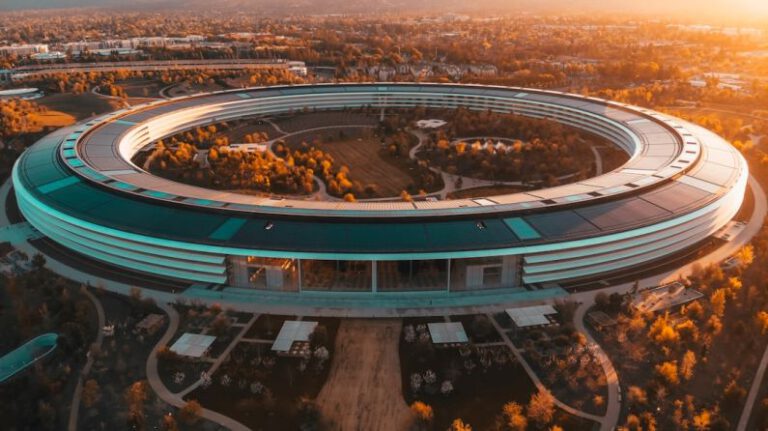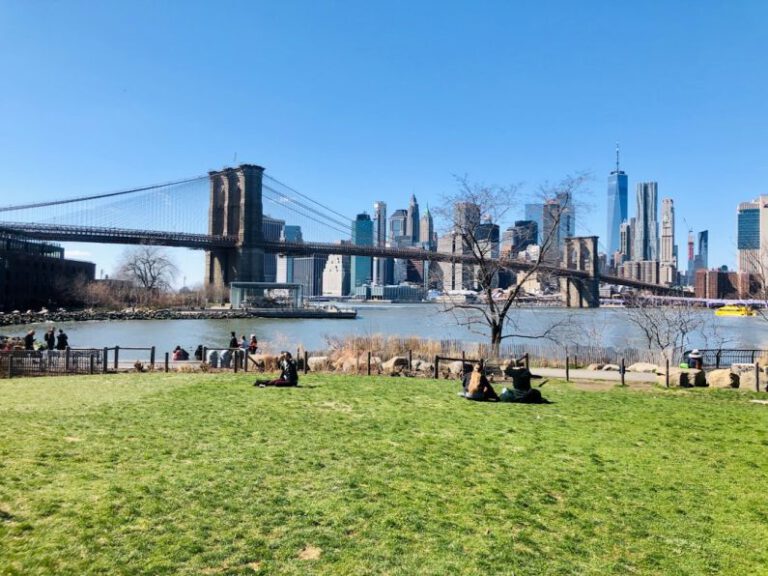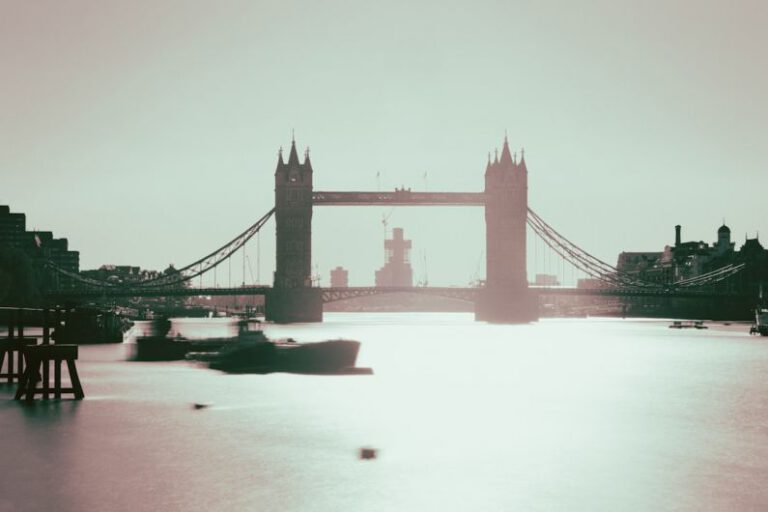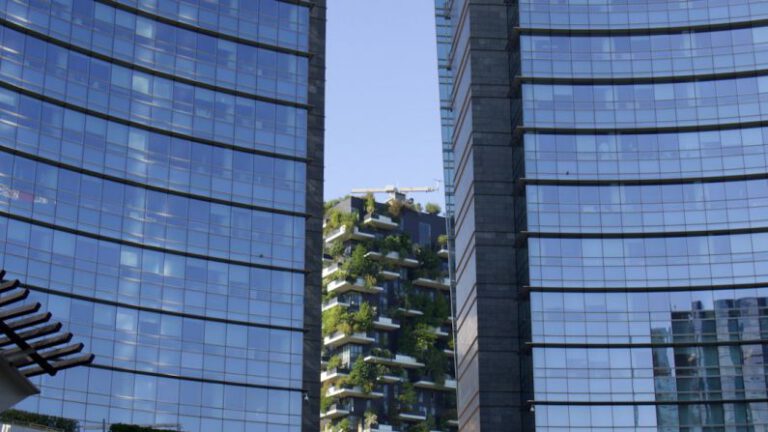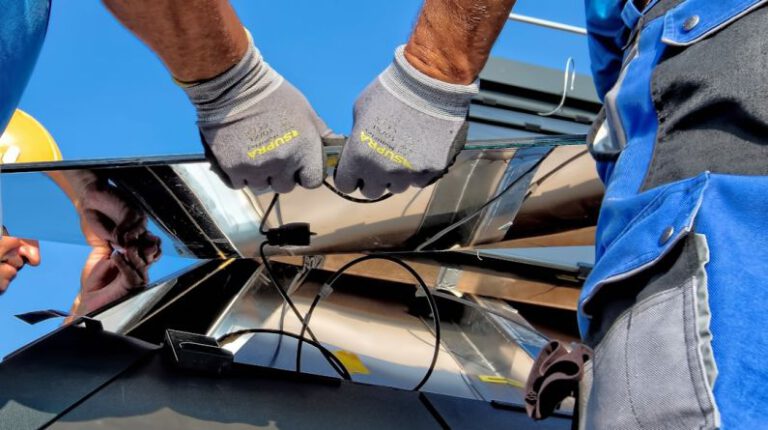How Did the High Line Transform Urban Renewal?
Urban renewal has been a key concept in the development and revitalization of cities worldwide. In recent years, the High Line in New York City has emerged as a shining example of how a single project can transform urban spaces and redefine the way we think about urban renewal. The High Line, a 1.45-mile-long elevated linear park built on a historic freight rail line on Manhattan’s West Side, has not only revitalized a disused industrial space but has also become a symbol of innovative urban planning and community engagement. Let’s delve into how the High Line has transformed urban renewal in the heart of New York City.
Revitalizing a Disused Space
The High Line project began in the early 2000s when a group of local residents, known as the Friends of the High Line, advocated for the preservation and repurposing of the abandoned elevated railway tracks. The transformation of this disused space into a vibrant public park not only preserved a piece of New York City’s industrial history but also created a unique green space in the midst of a densely built urban environment. By repurposing an existing structure rather than demolishing it, the High Line project demonstrated a sustainable approach to urban renewal that emphasizes adaptive reuse and historic preservation.
Connecting Communities
One of the most significant impacts of the High Line on urban renewal has been its role in connecting diverse communities within the city. The park’s design, which weaves through several neighborhoods in Manhattan, has created new pedestrian pathways and gathering spaces that promote social interaction and cultural exchange. By providing a green corridor above street level, the High Line has effectively linked previously isolated neighborhoods and encouraged residents and visitors to explore different parts of the city on foot. This enhanced connectivity has not only improved the overall livability of the surrounding areas but has also fostered a sense of community pride and ownership among local residents.
Catalyzing Economic Development
The success of the High Line as a public space has also had a significant impact on the economic development of the surrounding neighborhoods. The park has attracted millions of visitors annually, boosting foot traffic to local businesses and generating new opportunities for retail, hospitality, and real estate development. Property values near the High Line have soared, leading to a wave of investment in residential and commercial projects that has transformed the once-industrial landscape into a thriving mixed-use district. By catalyzing economic growth and attracting private investment, the High Line has demonstrated the potential of public space projects to stimulate broader urban revitalization efforts.
Inspiring Innovative Design
The design of the High Line itself has been a source of inspiration for urban planners and landscape architects around the world. The park’s landscape architecture, which blends natural elements with industrial remnants, has set a new standard for adaptive reuse projects and green infrastructure initiatives. The High Line’s innovative approach to integrating public art, programming, and horticulture has redefined the concept of a urban park, demonstrating that even the most unlikely spaces can be transformed into vibrant, dynamic public realms. By pushing the boundaries of conventional design norms, the High Line has inspired a new generation of urban renewal projects that prioritize creativity, sustainability, and community engagement.
Embracing Sustainability
Another key aspect of the High Line’s impact on urban renewal is its commitment to sustainability and environmental stewardship. The park’s design incorporates green technologies such as rainwater harvesting, native plantings, and energy-efficient lighting, setting a new standard for ecological design in urban spaces. By showcasing innovative sustainable practices, the High Line has raised awareness about the importance of incorporating green infrastructure into urban renewal projects and has inspired other cities to follow suit. As climate change and environmental degradation continue to pose significant challenges for cities worldwide, the High Line serves as a model for how urban spaces can be designed to mitigate their impact on the natural environment.
In conclusion, the High Line has transformed urban renewal in New York City and beyond by revitalizing a disused space, connecting communities, catalyzing economic development, inspiring innovative design, and embracing sustainability. As cities grapple with the complex challenges of growth, equity, and environmental resilience, the High Line stands as a shining example of how creative vision, community engagement, and sustainable practices can come together to create a more vibrant, inclusive, and resilient urban future.

